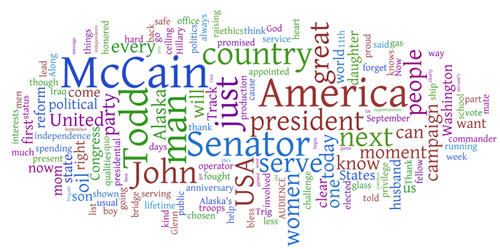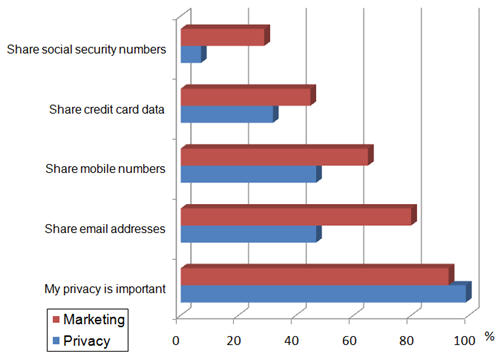Interviews: Six important forces that will shape 2009
I’ve done two radio interviews this morning, asking me for forecasts for the year ahead.
The broader issue I am emphasizing in my current interviews and speaking is that 2009 will bring more change than any other year this decade.
Perversely, a slowing economy will accelerate the pace of change. Many companies will take advantage of the downturn to use technology in innovative ways. Technology ranging from mobile applications to online gaming will become an everyday part of our work lives.
Social change tends to be faster in a downturn. Our attitudes to what is acceptable behavior by the government and companies will rapidly evolve. Technology is shaping society, but society is also shaping technology, particularly in how it allows us to express forcible opinions.
In these interviews for non-professional audiences I briefly covered six important forces that will shape business and society in 2009:
1. Constant partial attention. 2009 will see more people consuming 20 hours or more of media a day. And no, it’s not just the insomniacs. It is due to a phenomenon called Constant Partial Attention, or CPA, in which our attention is constantly divided between a massive array of channels now including mobile Internet, video screens on buses, and more. Over two-thirds of people watch TV while reading. To be successful, we need to thrive on constant interruption.



